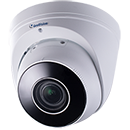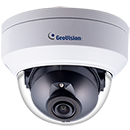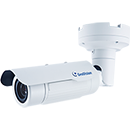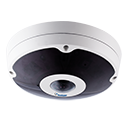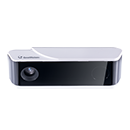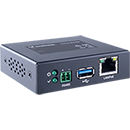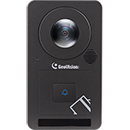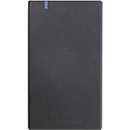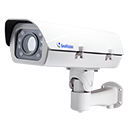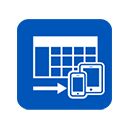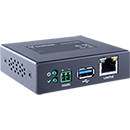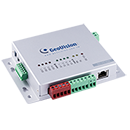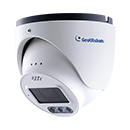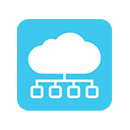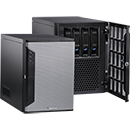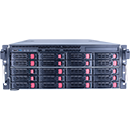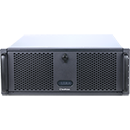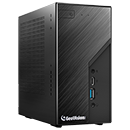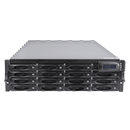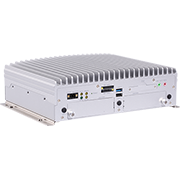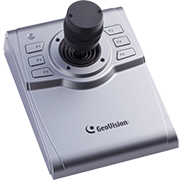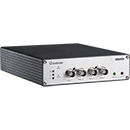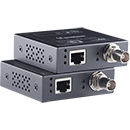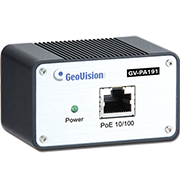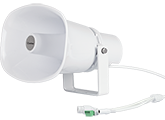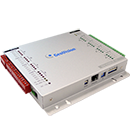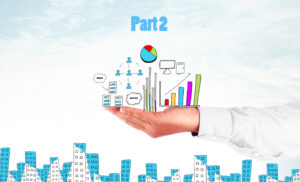
5. SECURITY: How can analytics help to track incidents and draw attention and resources to incident-prone areas?
Expert: To keep it simple, I put analytics into two different categories: Identity Analytics and Incident Analytics.
Identity Analytics allows you to create a baseline on how people navigate through a building on an hourly, daily, or weekly basis. For example, if you know an employee comes in from in 9 to 5 every day, takes lunch at a certain time, does this task or that task at the same time every day, that creates a normal baseline pattern. But what if that employee comes in at night, what happens? Is he doing something malicious? Or did he lose his badge and it is the person that stole it that is in the building? This change in behavior create an anomaly which can be fed into an incident management system to notify an analyst that an abnormal behavior has been detected and further investigation is needed.
Incident Analytics looks at other data such as slips, trips, fall, external crime stats that include robberies, theft, vandalism, etc. Each incident is captured with a time/date stamp and a location. Continuous monitoring of this data along with the proper analytic algorithms can help detect patterns that the naked eye might not catch. From this data you have the ability to create heat maps that show where the incidents are occurring but more importantly you can predict where the next incident may occur in the future so you can properly deploy the right counter measure. This could be new security cameras, static officers, patrolling officers and even use of remote video services with voice down capabilities to deter against future incidents.
On Audio & Video Analytics
6. SECURITY: Please explain the difference between Focus of Action and Focus of Attention analytics, and what they mean for end users.
EXPERT: I recently met with a video analytics company that broke down analytics into two groups: Focus of Action and Focus of Attention. This is a very clever way to look at how video analytics perform in a client’s environment.
Focus of Action video analytics are a clear set of rules that have been written and when they are violated, have a set of standard operation procedures to respond to for each event. One example is an outdoor area that is protected with video analytics on a camera. When configuring the camera, you have the ability to pick from a list of available analytics such as, cross line detection, object left behind, object removed, color change, speed violation, loitering, direction violation, etc. For this example we will use cross line detection. When someone in the camera scene walks across the line, it triggers an event, and it sends an event to an operator in the command center to run through a checklist or standard operating procedure (SOP) of what needs to happen – this is a very structured and rigid process – something happens and you do this. Another example could be in airport, when an object like a backpack is left behind which could be a potential threat.You will have a new whole set of standard operating procedures to follow to deal with this type of event. Each event can have a different set of procedures attached to it depending on the client’s needs.
Focus of Attention is a new style of video analytics that is coming to the market. Unlike the previous example, when installing the camera there are no analytics rules that need to be configured. Instead, the camera is equipped with intelligence and over time learns what the normal baseline scene should look like. If the camera detects some abnormal activity within the scene, it will create a notification which is sent to a security operator to focus their attention on this camera that there may be something abnormal going on in the scene. An example might be a camera in a mall that faces the escalators when you have normal traffic patterns of people going up and down the proper side of the escalator. However, if someone is going in the opposite direction, the camera would notify the security operator to look at the camera. Maybe it is a group of kids playing on the escalator or maybe someone has fallen down the escalator and is injured.
7. SECURITY: How are analytics changing how security operators and monitors work? How does this make security monitoring stations or security operations centers more effective?
EXPERT: Monitoring live cameras is not the best use of an operator’s time. It is not cost effective to have your team of operators looking at live video all day long. Keeping operators engaged in that type of environment is virtually impossible. If we look at how monitoring centers are delivering remote video services today, most cameras are equipped with video analytics so as an event comes in operators have a specific set of instructions to follow allowing them to meet any kind of compliance or auditing situation. This approach is much more efficient. Operators are not sitting there looking at live camera feeds hoping to run across an anomaly. Instead, operators can be engaged doing other proactive tasks and can focus on an incident 100 percent as it happens and then return to what they were previously working on.
8. SECURITY: What trends are you seeing in audio analytics? Are there specific applications or sites where audio analytics are more valuable than others?
EXPERT: These trends are similar to video analytics with lots of evolution especially as it relates to smarter technology. Gunshot detection is an area where we have seen quite a few advancements in delivery. Traditional systems required dedicated wiring to be run throughout a facility, making it challenging and expensive to deploy these solutions. New IP based systems allow a client to take advantage of their existing network infrastructure to deploy a new system; this is similar to when IP cameras first became available to the market. Audio analytics also have the ability to be loaded onto the edge of an IP camera giving clients the ability to deploy analytics like gunshot detection very easily and very cost effective. With the ease of deployment I think we will start to see new audio analytics arrive to market over the next few years. Each sound has a unique audio signature. Aggression detection is a good example. This analytic can help in any environment where a conversion gets heated between two people or someone yelling for help, this analytic can trigger staff or security resources to be dispatched to make sure the situation is under control.
Source: Security Magazine
